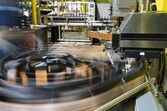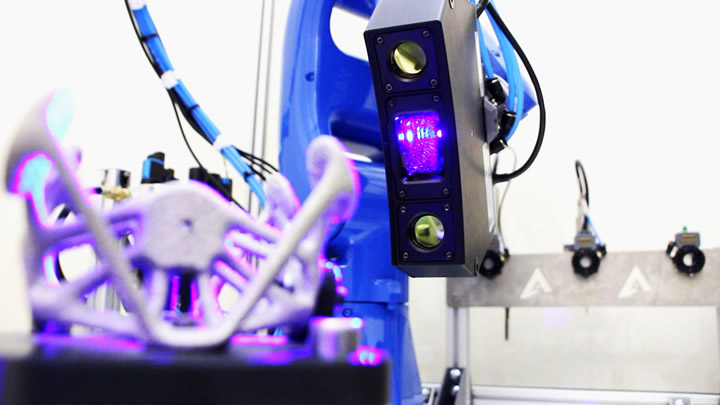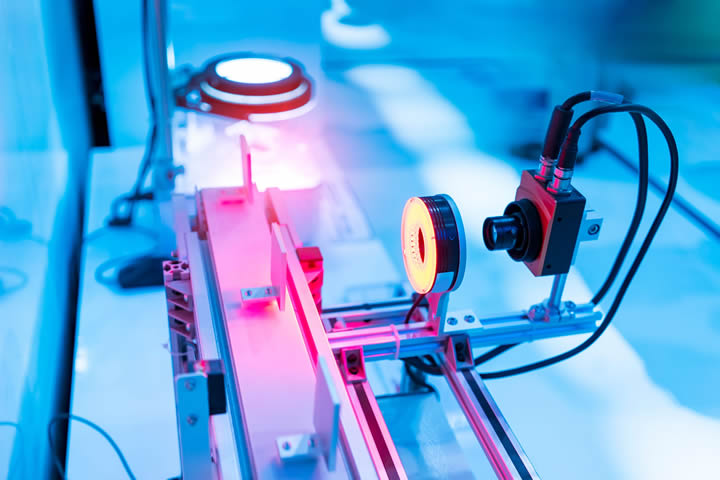THE IMPACT OF 3D PRINTING ON MICRO MOLDING - A SYNERGISTIC APPROACH
The Benefits of MOM & MES and Why the Differences Matter
Practical Reverse Engineering - Choosing the Right Tools for the Job
How Ethernet Cameras Are Making a Comeback with New, Powerful Features
3D Printing Powers Wind Turbine Research At TU Berlin
AI Capabilities Your Manufacturing Organization Likely Hasn't Thought About
Foundations for Success In Industrial Automation: A Guide for Small to Medium Manufacturers, Part III
A Packaging Look-Ahead for 2024 and Beyond
The Evolution of Additive Manufacturing: How Automation Redefines Post-Processing Standards
Industrial AI begins: Curse or blessing?
MODEX 2024 - Special News Feature
The secret lives of manufacturing defects - How defects pass through the system undetected
Specialty Food Manufacturer Meets FDA Requirements and Sustains Growth with MRP Software
Preparation - Is a Key. How to Address Challenges of IoT Development at Discovery
Daifuku-Wynright: Manufacturing Visibility & Control with Quickbase
Records 31 to 45 of 2672
First | Previous | Next | Last
Featured Product


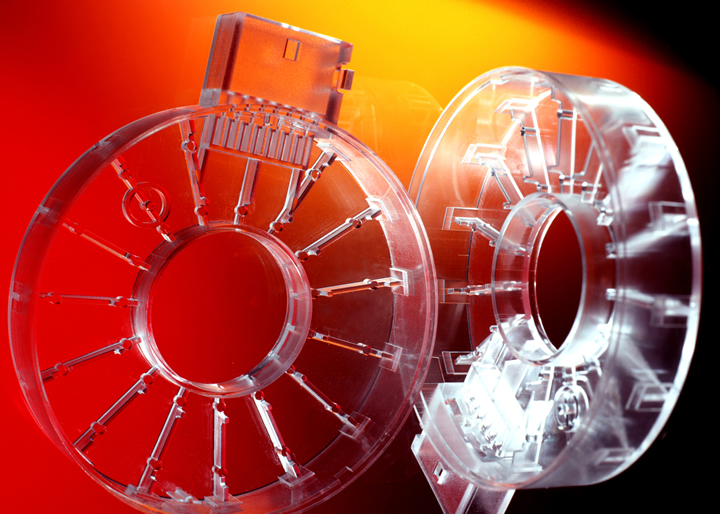
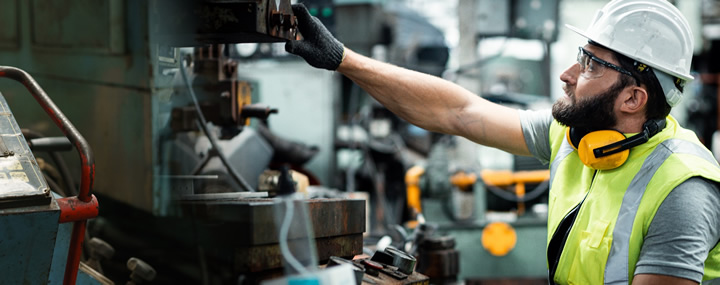
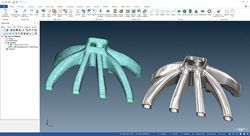


.jpg)
.jpg)
